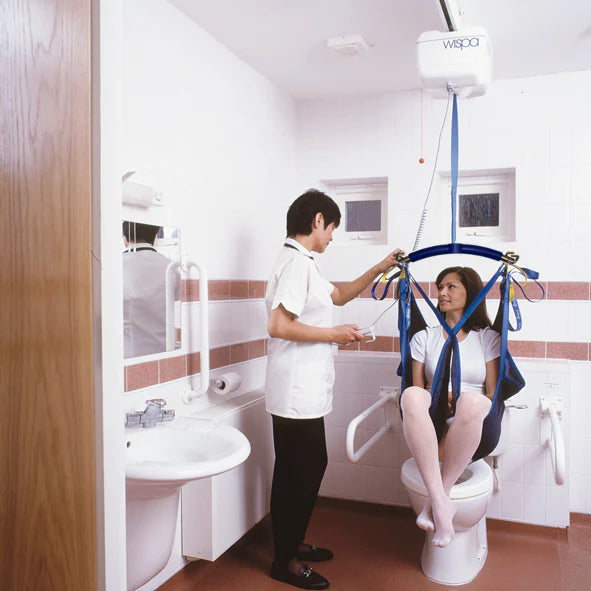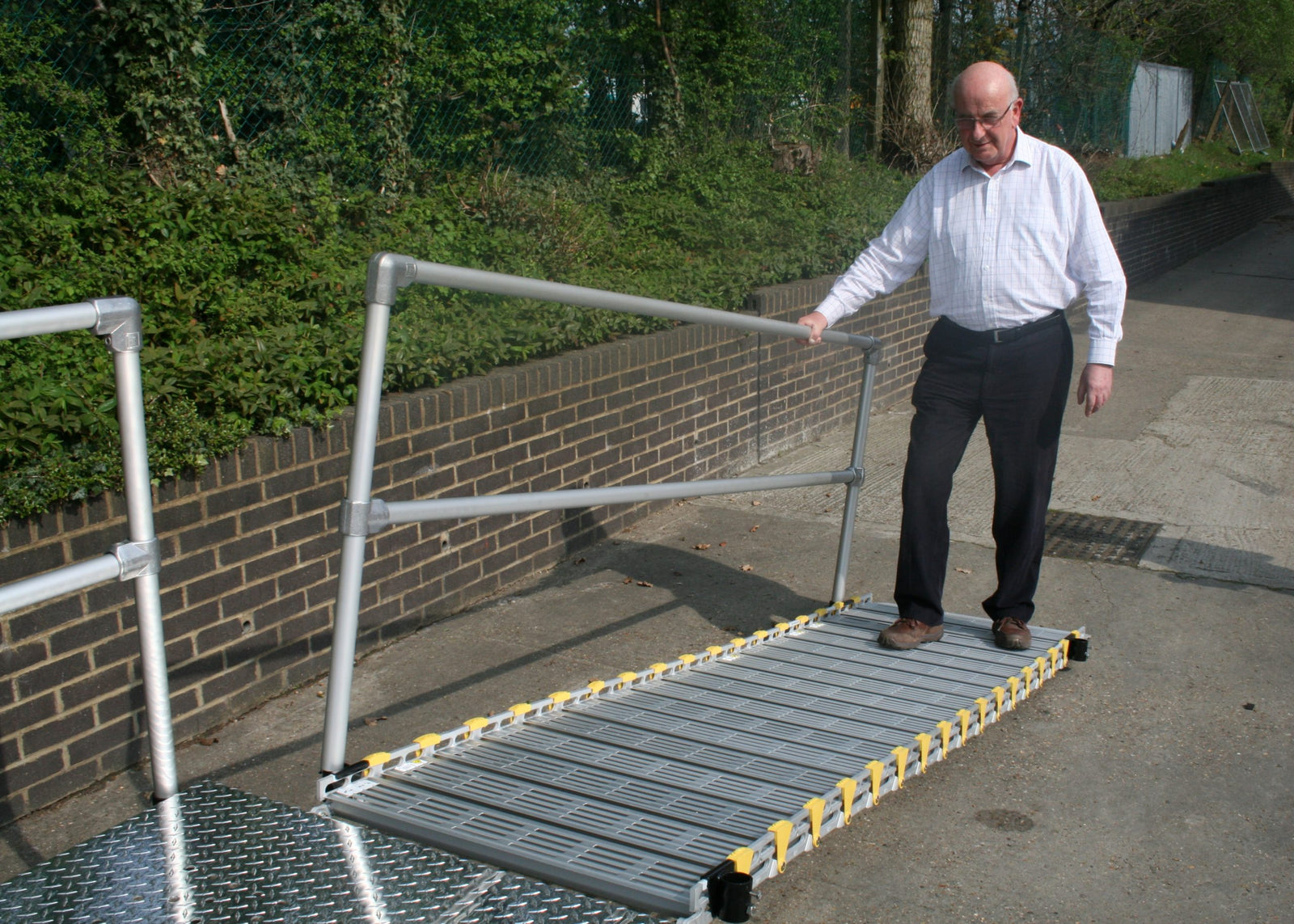Your Cart is Empty
Free shipping | Bulk Order Discounts | Best price guaranteed
Menu
-
- Home
- Shop By Category
- Moving + Handling
- Bathroom
-
Mobility Scooters
- Pavement Mobility Scooters
- Folding Mobility Scooters
- Lightweight Mobility Scooters
- 4mph Mobility Scooters
- 6-8mph Mobility Scooters
- Travel Mobility Scooters
- Lithium Mobility Scooters
- Car Boot Scooters
- Enclosed Mobility Scooters
- All Terrain Scooters
- 2 Person Scooters
- Mobility Scooter Storage
- Mobility Lifts and Hoists
- Mobility Scooter Canopies
- Seating
- Wheelchairs
- Rollators
- Beds + Mattresses
- Medical Equipment
- Powerchairs
- Health + Safety
- Help Centre
- Returns
- Price Guarantee
- Contact Us
-
- Speak With An Expert: 020 3576 3028
- Login

Free shipping | Bulk Order Discounts | Best price guaranteed
Add description, images, menus and links to your mega menu
A column with no settings can be used as a spacer
Link to your collections, sales and even external links
Add up to five columns
Add description, images, menus and links to your mega menu
A column with no settings can be used as a spacer
Link to your collections, sales and even external links
Add up to five columns

How Much Does a Ceiling Hoist Cost? Full Price Breakdown
October 30, 2024 5 min read
Ceiling hoists can make life much easier for both caregivers and those in need of assistance with mobility. These devices offer a safe and efficient way to transfer individuals from bed to wheelchair or other areas. On average, a ceiling hoist by itself can cost around £1,000 to £5,000. The cost of ceiling hoists with tracks typically ranges between £1,800 and £10,000, depending on the length of the track and other specifications. For a ceiling hoist, tracks, and installation, the total cost can be around £2,500 to £25,000 depending on the size of the install.

Understanding the costs involved is crucial. Factors such as the complexity of the system, the specific needs of the individual, and installation circumstances all play a part. The price can vary significantly, and grants might be available in some regions to help with expenses, like the Disabled Facilities Grantfor those in England.
When thinking about a ceiling hoist, you need to consider not only the initial cost but also how it can improve daily care routines. This investment offers flexibility and safety, making it a valuable addition to homes or care facilities. Dive deeper to discover more about options and financial assistance.
Key Takeaways
- Ceiling hoists cost between £1,800 and £3,000.
- Ceiling hoists and installation can cost anywhere from £2500 - £25000+ depending on the size of the installation.
- Grants may help cover installation costs.
- Consider individual needs and system complexity.
Understanding Ceiling Hoists

Ceiling hoists are essential devices for safe and efficient patient transfers. They reduce strain on caregivers and improve mobility for those in need. Two main aspects are crucial: types of ceiling hoists and selecting the right system.
Types of Ceiling Hoists
There are several types of ceiling hoists to consider. Straight track hoists offer simple point-to-point travel. These are often seen in environments needing straightforward movement, like from bed to chair.
H-track systems are more versatile, allowing movement along multiple axes. This flexibility makes them ideal for larger spaces. For example, they can access multiple areas in one room.
Turntables add another layer of functionality, enabling directional changes. When choosing, you also need to think about the weight capacity required for the equipment.
Different solutions suit different needs. For instance, molift systems provide high-quality options tailored to various situations. When planning your installation, consider track length and the available floor space.
Choosing the Right System
Selecting the right ceiling hoist system depends on several factors. First, assess the environment. Measure your space to ensure the track fits well without interfering with existing structures or furniture. The height and width of the room are crucial.
Next, evaluate the primary tasks your hoist will need to perform. If multiple transfer points are needed, an H-track system may be suitable. For straightforward transfers, a straight track might suffice.
Consider the integration of turntables for directional adjustments if your space is complex. Ensure the weight capacity meets your requirements to guarantee user safety. Prioritise systems that offer ease of use and reliability, providing the best support for both caregivers and users.
Cost Factors and Considerations

Installation and Equipment
The cost of installing a ceiling hoist is influenced by various factors, such as the track length and weight capacity required. Shorter tracks for straightforward paths generally cost less than longer or more complex systems.
Moreover, ceiling track hoists might differ in price depending on the materials used and the complexity of the installation environment. If you need a straight track for simple navigation, the cost could be lower. More intricate installations may require additional components or structural support.
The type of ceiling in a room also affects costs. Installing tracks directly into timber joists or concrete ceilings can involve different expenses. Comparing wheeled hoists to ceiling hoists may help determine what is most cost-effective for your needs.
Professional Advice and Assessment
Consulting with occupational therapists or other professionals before installation is essential. They evaluate your specific needs, ensuring the system is safe and suited to your requirements.
These experts can advise on necessary weight capacities and optimal track lengths. Such assessments might incur an additional fee, but they are valuable for ensuring the installation meets health standards and functions smoothly.
Some companies like Amico offer comprehensive assessments as part of their service, helping tailor solutions to individual needs. A professional assessment not only ensures that you invest wisely but also that the hoists meet all safety standards and regulations.
Additional Equipment and Accessories
Beyond the basic hoist system, you might need extra equipment. Options can include turntables for changing directions or additional support systems. These extras could significantly increase overall costs.
You may need slings or other accessories compatible with your chosen system. Some setups may demand specialised components to enhance function or safety.
Investing in these supplemental items is crucial for a fully functional system. Evaluating compatibility and necessity with an expert can provide clarity on which items to prioritise, ensuring the ceiling hoist meets your needs effectively.
Recommended Ceiling Hoists
When considering ceiling hoists, there are several models that stand out for their features and reliability.
1. Prism Medical Mackworth Essentials CT
Prism Medical Mackworth Essentials CT is a great choice if you need effective patient transfers. It is known for safety and fall prevention, making it ideal for home or care environments. Learn more about the Mackworth Essentials CT.

2. Winncare Luna Twin
The Winncare Luna Twin is versatile and combines flexibility with ease of use, perfect for both patients and caregivers. This model can handle a variety of transfer needs due to its unique twin lift design.

3. Handicare DHG Rise Atlas 625M
With a focus on heavy-duty capacity, the Handicare DHG Rise Atlas 625M supports up to 285 kg, making it suitable for bariatric care settings. This model is all about strength and reliability. Check out more about the Rise Atlas 625M.

4. Etac Molift Air 350
If you're looking for comfort and efficiency, the Etac Molift Air 350 offers smooth operation with a 350 kg capacity. The Molift Air 350 is designed to be user-friendly and cost-effective over its lifecycle.
5. Wispa 100 Series
The Wispa 100 Series is designed for standing transfers, providing safety and ease of use. You can find out more about this Wispa 100 Series ceiling hoist tailored for patient care.

Each hoist offers unique benefits, so your decision will depend on specific needs and environments.
Frequently Asked Questions

Ceiling hoists offer versatility and can be a cost-effective solution for many users. They can move between rooms, require maintenance, and might be supported by financial aid options in the UK.
Can ceiling hoists be used in multiple rooms?
Yes, ceiling hoists can often be used in multiple rooms. Some models are designed to easily detach and reattach to tracking in different locations, allowing for greater flexibility. This feature can save on the cost of installing separate systems throughout your home.
What are the ongoing maintenance costs for a ceiling hoist system?
Maintenance costs can vary depending on the model and usage. Regular checks and servicing might be needed to ensure safety and efficiency. These costs should be discussed with the supplier or installer. It's vital to maintain the system properly to prevent any issues and ensure longevity.
Can the cost of ceiling hoists be covered by healthcare insurance or grants in the UK?
In the UK, the cost of ceiling hoists may sometimes be covered by healthcare insurance or grants. One such grant is the Disabled Facilities Grant, which can provide up to £30,000, depending on income and savings. You can apply for a DFG through your local council
Also in Blog

What Does Moving and Handling Training Involve? Key Components
January 06, 2025 4 min read
Read MoreSubscribe
Sign up to get the latest on sales, new releases and more …

